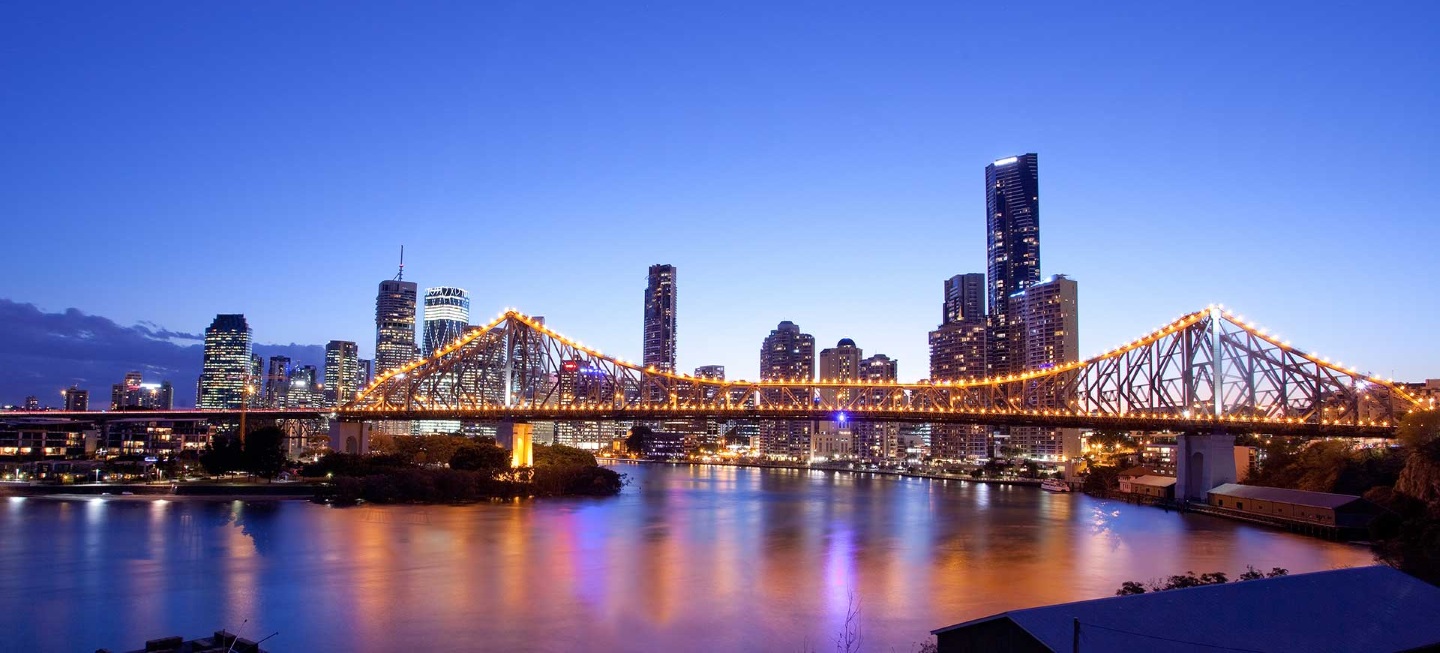Increase supply, end stamp duty and help first-home buyers

Brisbane 10 June 2015. Housing affordability issues would be eased by releasing land to create more supply of housing stock, ending stamp duty and helping first-home buyers improve financial literacy and use their superannuation for a house deposit, the Real Estate Institute of Queensland CEO Antonia Mercorella said today.
While affordability is not yet at the critical levels in Brisbane that is being seen in Sydney and Melbourne, pent-up demand continues to build in Queensland that will inevitably push up prices, the REIQ cautioned today.
HIA figures reveal that Queensland needs at least 40,000 new dwellings a year to keep up with demand, but for the past five years, dwelling construction has averaged around 30,500.
“The simple truth is that not enough houses are being built and every year the pent-up demand for housing grows,” Ms Mercorella said.
However, she said the solution would not come with one single measure and would likely be the result of a multi-pronged approach.
“In addition to increasing supply through land release, the REIQ advocates the eradication of stamp duty, which is a regressive tax that stifles housing mobility and creates inefficiencies in housing,” she said.
Figures from CoreLogic RP Data show that compared with Sydney’s median house price of $785,000 and Melbourne’s median house price of $527,000, Brisbane’s median of $475,000 was still affordable.
“However, this will not continue to be the case for much longer unless these issues are addressed at a federal, state and local level,” Ms Mercorella said.
“The time for action is now, not in a year or two when prices begin escalating faster than wages, as we’re seeing in Sydney and Melbourne,” she said.
First home buyers were finding it difficult to enter the market, with cost-of-living pressures and reduced wages growth impacting on their ability to save for a deposit.
“More needs to be done to help this younger demographic get into home ownership, including introducing a superannuation-house deposit scheme, and improving financial literacy,” she said.
Ms Mercorella said that young first-home buyers sometimes struggled to understand what they could afford to borrow compared with what they wanted to buy.
“We all have to start somewhere and your first home, whether it is an apartment or a small house a bit further out, is just your starting point.
“Banks are exercising appropriate caution when lending in the wake of the GFC.
“First home buyers may need to spend a couple of years saving for a deposit and preparing for those mortgage repayments,” Ms Mercorella said.
“In Brisbane, there are many affordable options where first home buyers can get a foothold in the market.”
ABS data for March 2015 reveals the average home loan for a first-home buyer in Queensland was $302,000.
REIQ data reveals there are 25 suburbs in greater Brisbane with a median house price below $300,000.



